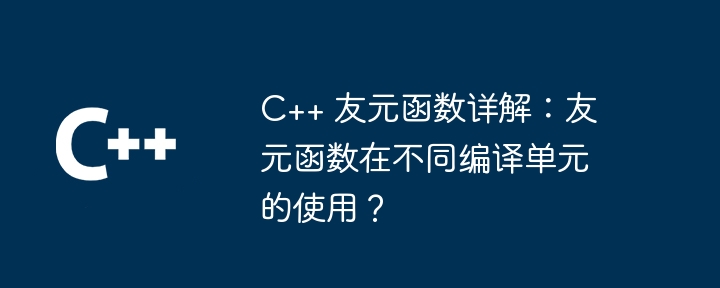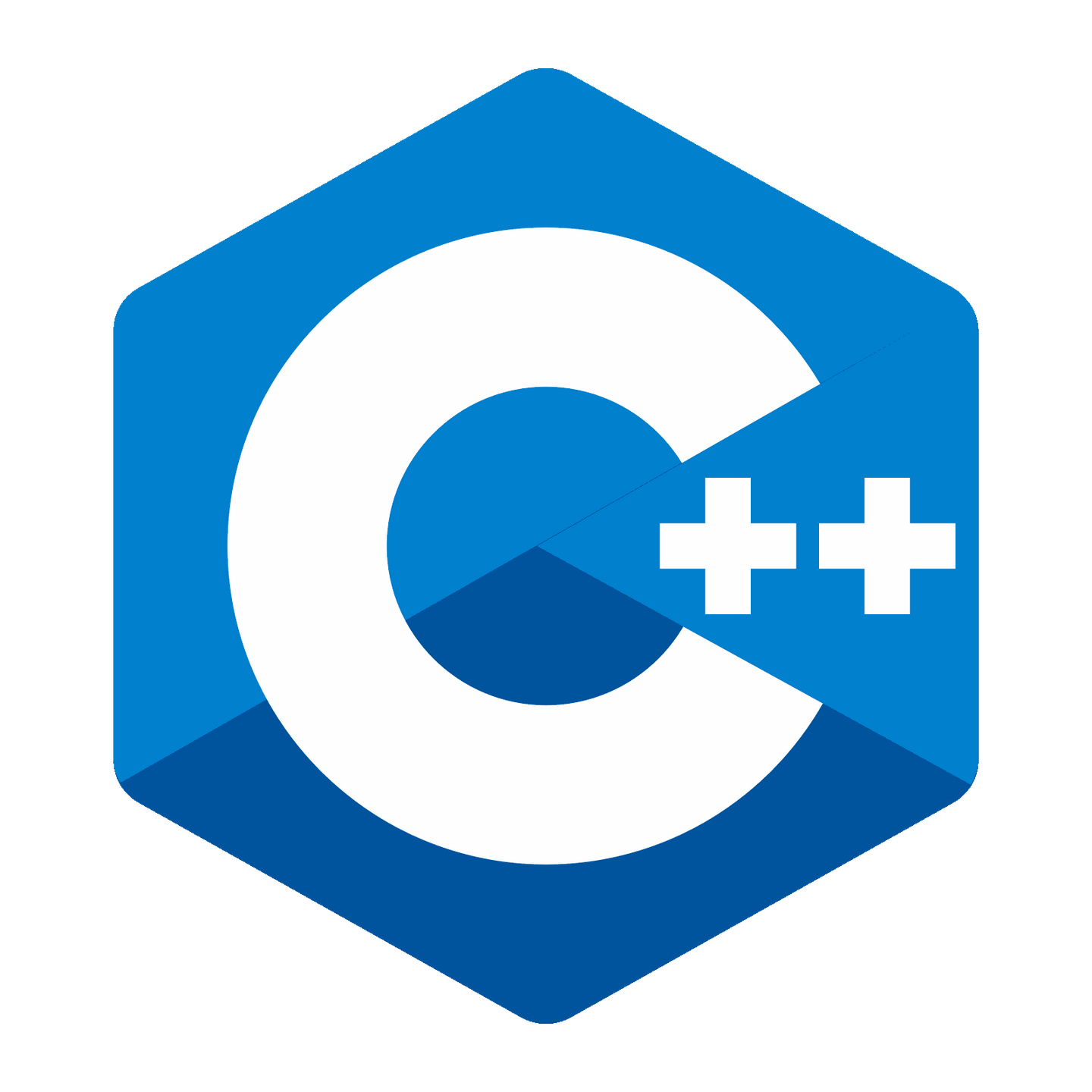友元函数允许函数访问其他类的私有成员。当友元函数和它访问的类不在同一编译单元中时,有两种场景:友元函数声明在头文件中:友元函数的声明位于类的头文件中,类的定义位于不同的源文件中,友元函数可以访问私有成员。友元函数声明在源文件中:友元函数的声明和定义都位于独立的源文件中,在头文件中需要声明友元函数,然后才能在其他编译单元中使用它。

C++ 友元函数详解:友元函数在不同编译单元的使用
友元函数是 C++ 中一种特殊类型的函数,它可以访问其他类的私有成员。这允许友元函数执行其他类无法执行的操作,例如修改 private 数据或调用 private 方法。
不同编译单元中的友元函数
立即学习“C++免费学习笔记(深入)”;
当您将代码组织到不同的编译单元(例如源文件或头文件)时,友元函数的使用会变得更加复杂。要使友元函数能够访问另一个类的私有成员,该类必须在友元函数声明之前声明。
如果友元函数和它访问的类不在同一编译单元中,则存在两种不同的场景:
场景 1:友元函数声明在头文件中
在这种情况下,友元函数的声明位于类的头文件中,而该类的定义则位于不同的源文件中。这是最常见的情况:
// header.h
class MyClass {
// ...
friend void myFriendFunction();
};
// source.cpp
#include "header.h"
void myFriendFunction() {
MyClass obj;
// 可以访问 MyClass 的 private 成员
obj.privateMember = 10;
}场景 2:友元函数声明在源文件中
在这种不太常见的情况下,友元函数的声明和定义都位于单独的源文件中:
// class.cpp
class MyClass {
// ...
friend void myFriendFunction();
};
// friend.cpp
#include "class.h"
void myFriendFunction() {
MyClass obj;
// 可以访问 MyClass 的 private 成员
obj.privateMember = 10;
}对于场景 2,还需要在头文件中声明友元函数,以便在其他编译单元中使用:
// header.h class MyClass; // 前向声明 extern void myFriendFunction();
实战案例
考虑以下使用友元函数操作私有成员的示例:
#include <iostream>
class MyClass {
int privateMember;
public:
MyClass(int val) : privateMember(val) {}
friend void printPrivate(MyClass& obj);
};
void printPrivate(MyClass& obj) {
std::cout << "Private member: " << obj.privateMember << std::endl;
}
int main() {
MyClass obj(10);
printPrivate(obj); // 可以访问 privateMember
return 0;
}在这个例子中,printPrivate() 友元函数可以访问 MyClass 的私有成员 privateMember,并将其打印到控制台。
注意事项
以上就是C++ 友元函数详解:友元函数在不同编译单元的使用?的详细内容,更多请关注php中文网其它相关文章!

c++怎么学习?c++怎么入门?c++在哪学?c++怎么学才快?不用担心,这里为大家提供了c++速学教程(入门到精通),有需要的小伙伴保存下载就能学习啦!

Copyright 2014-2025 https://www.php.cn/ All Rights Reserved | php.cn | 湘ICP备2023035733号